The Divide
The Complex Barrier System in Israel
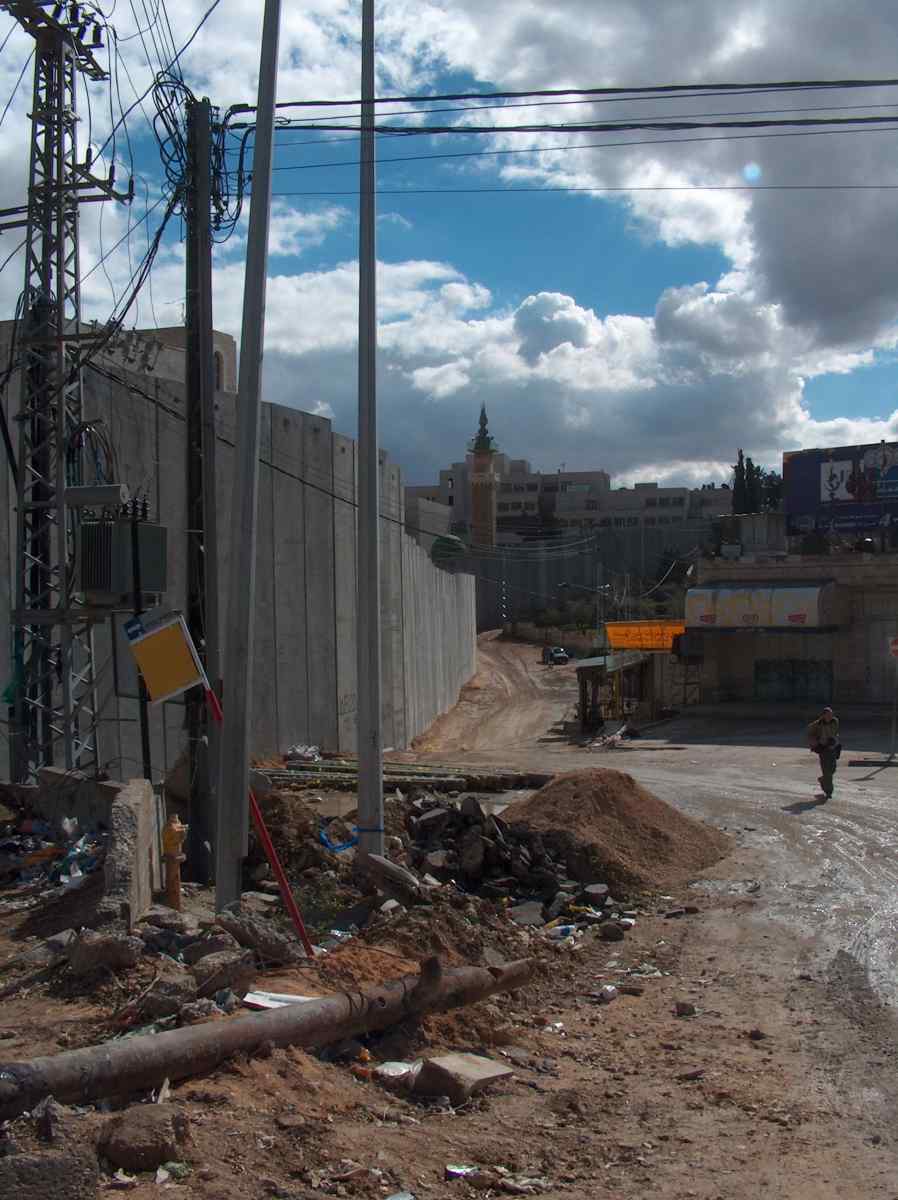
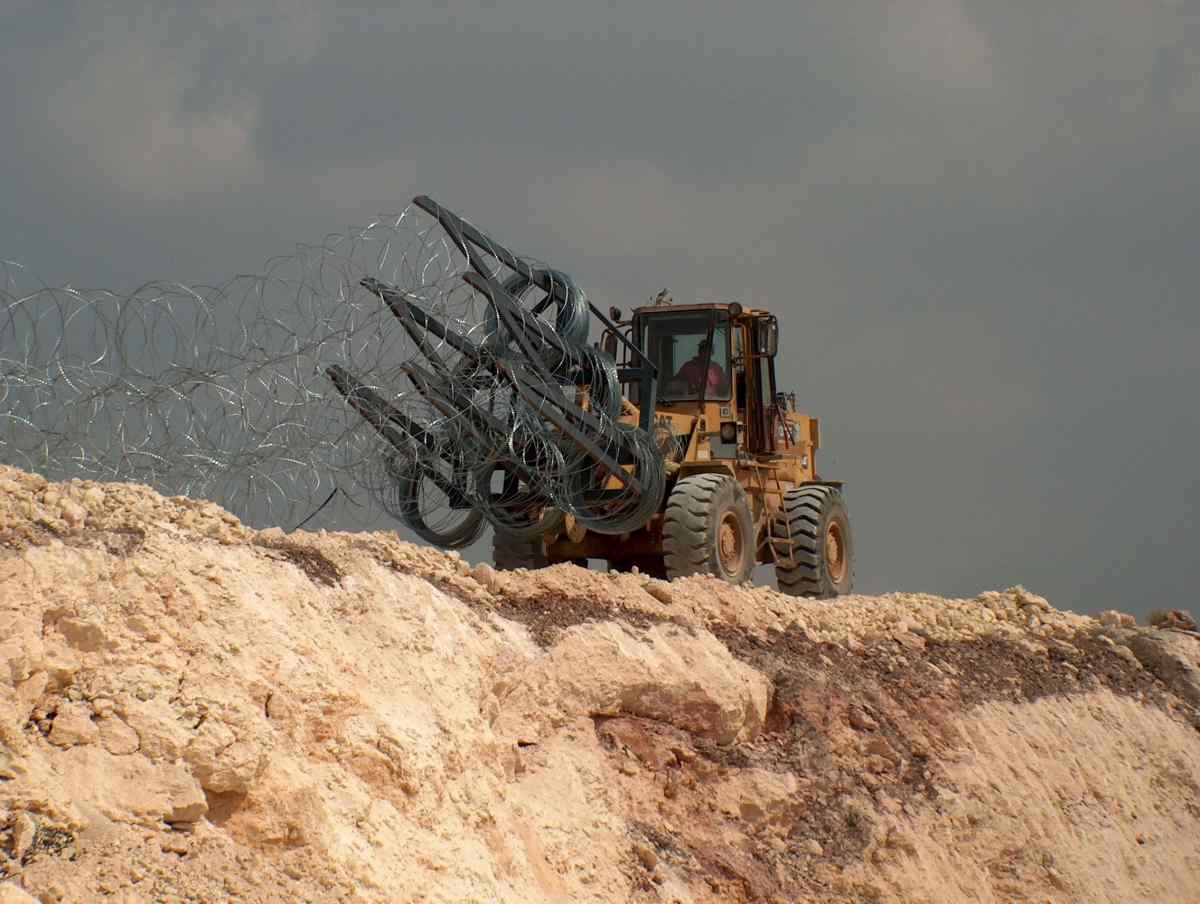
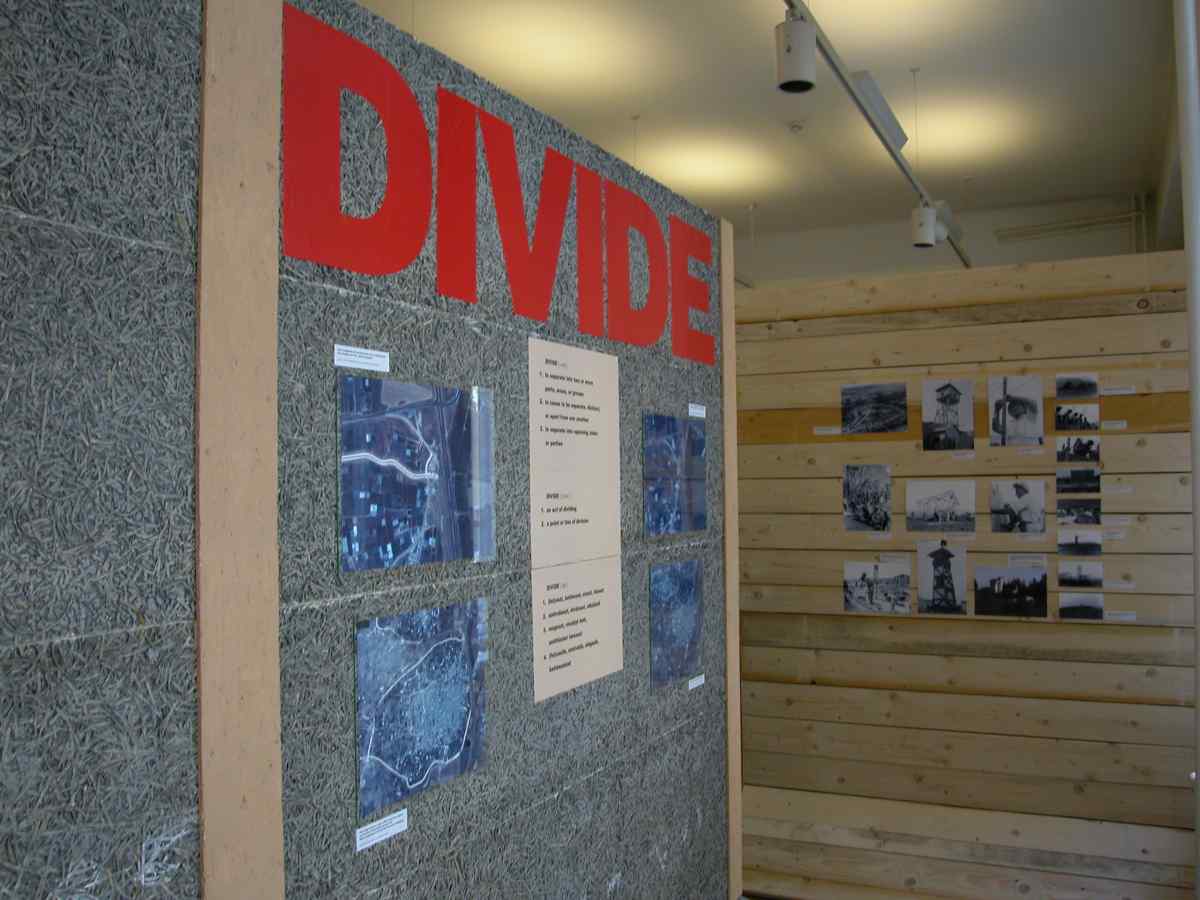
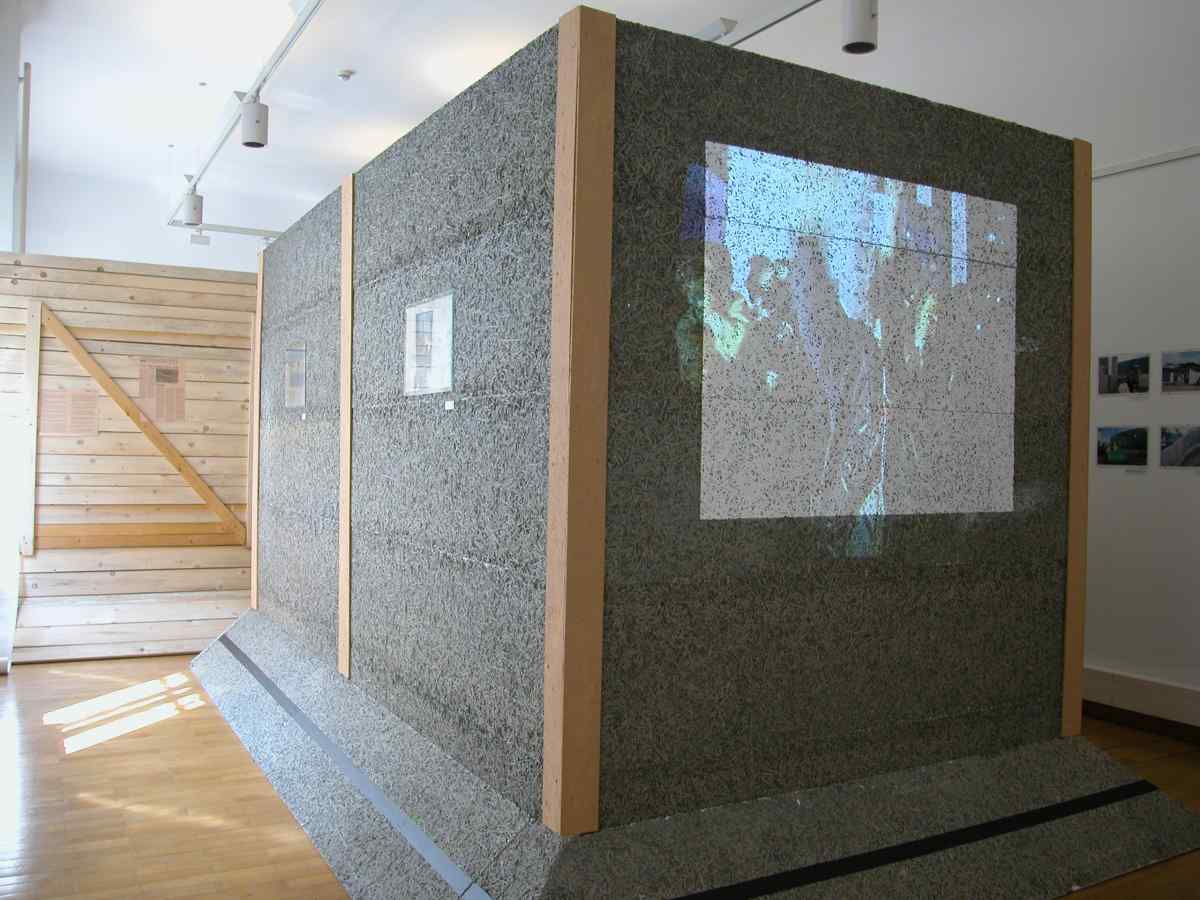
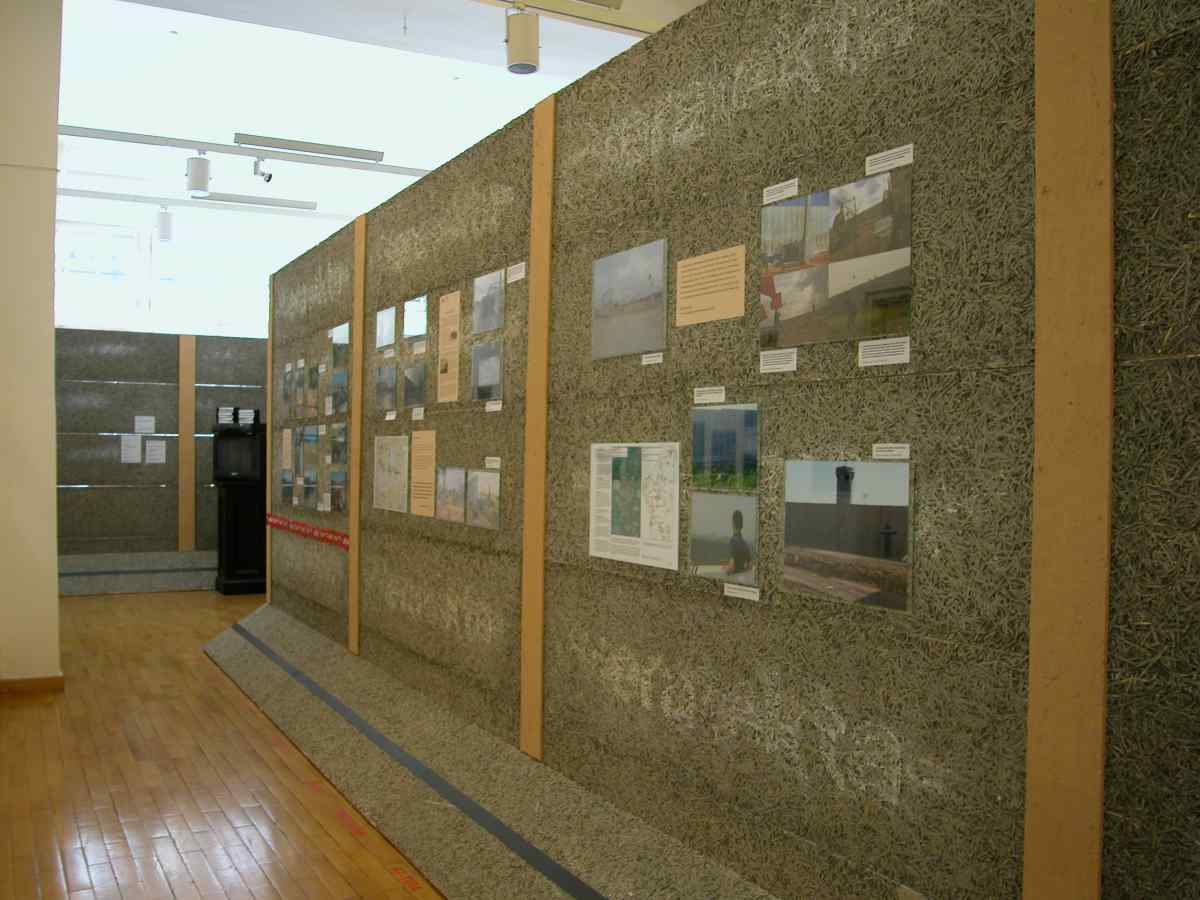
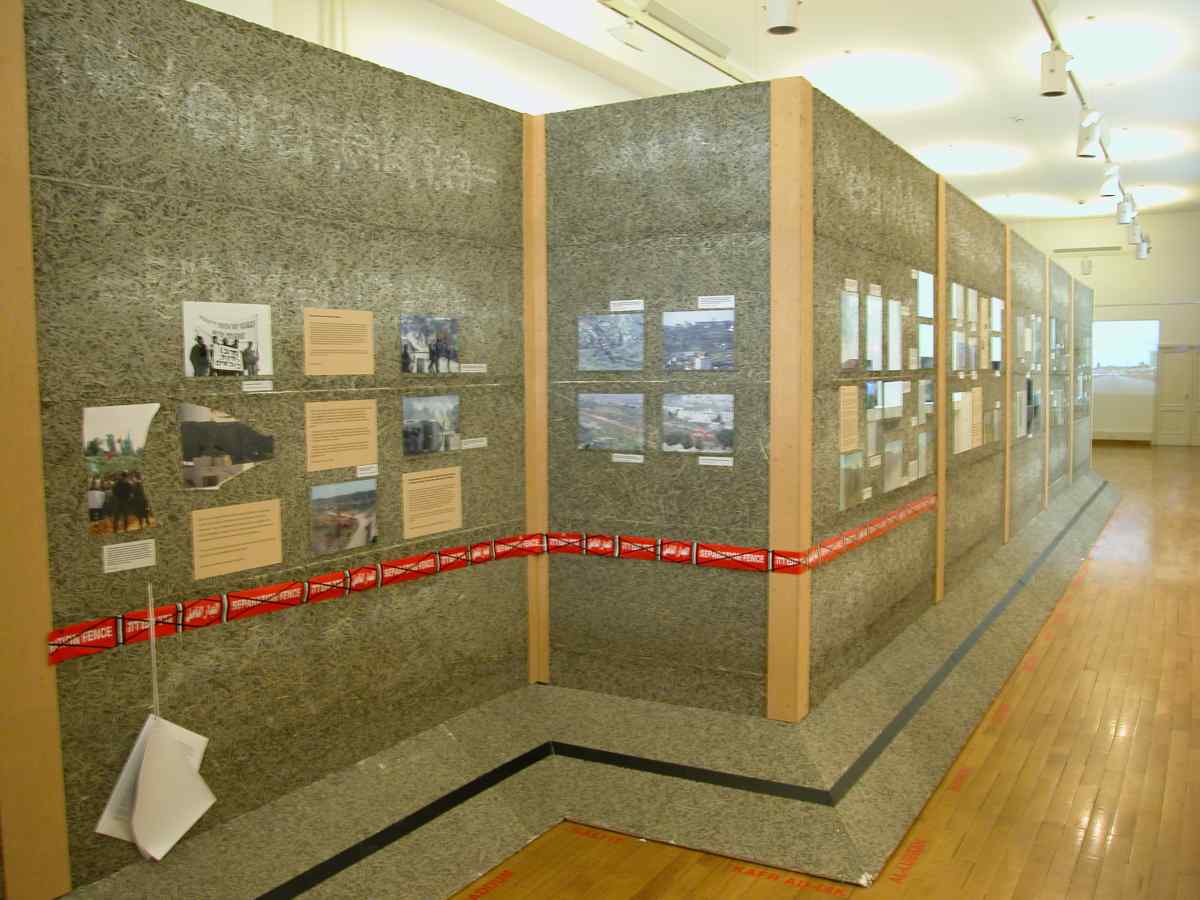
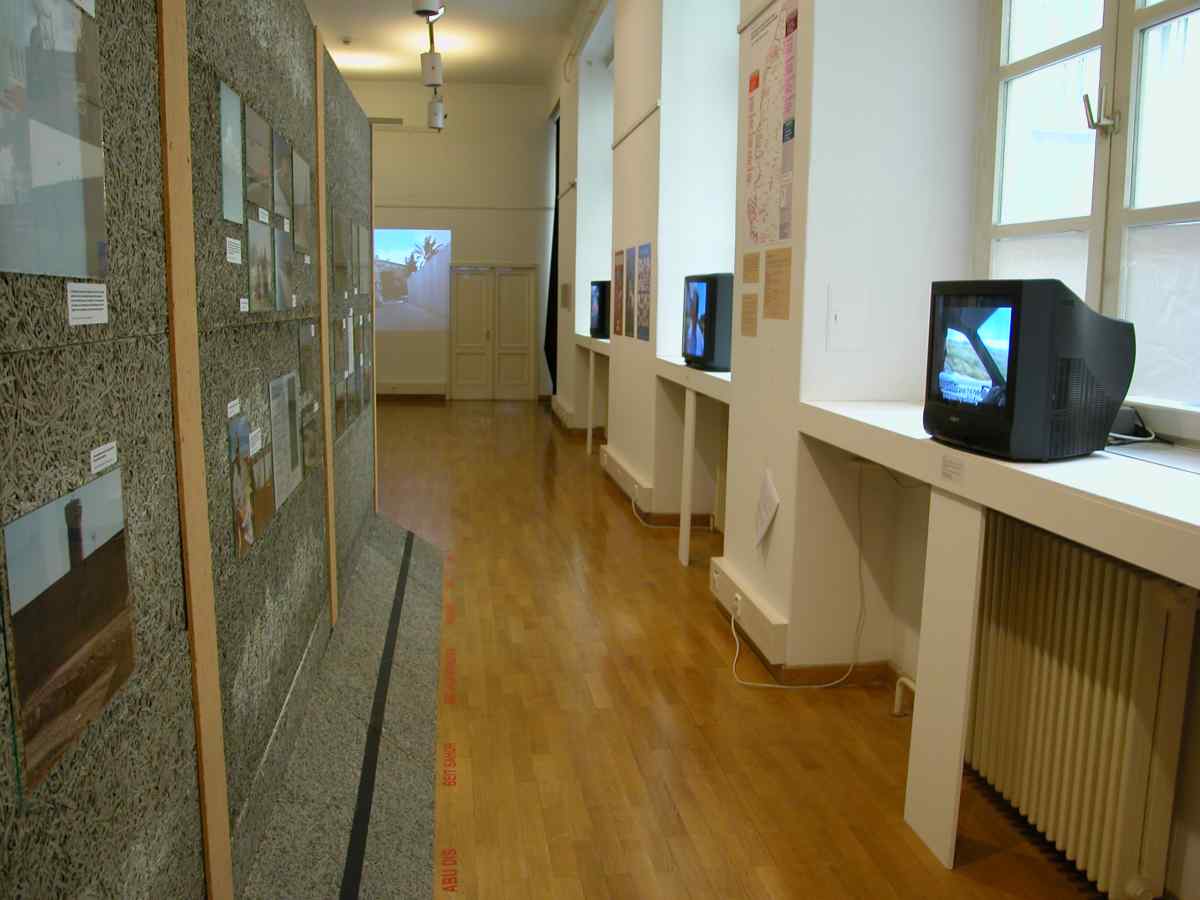
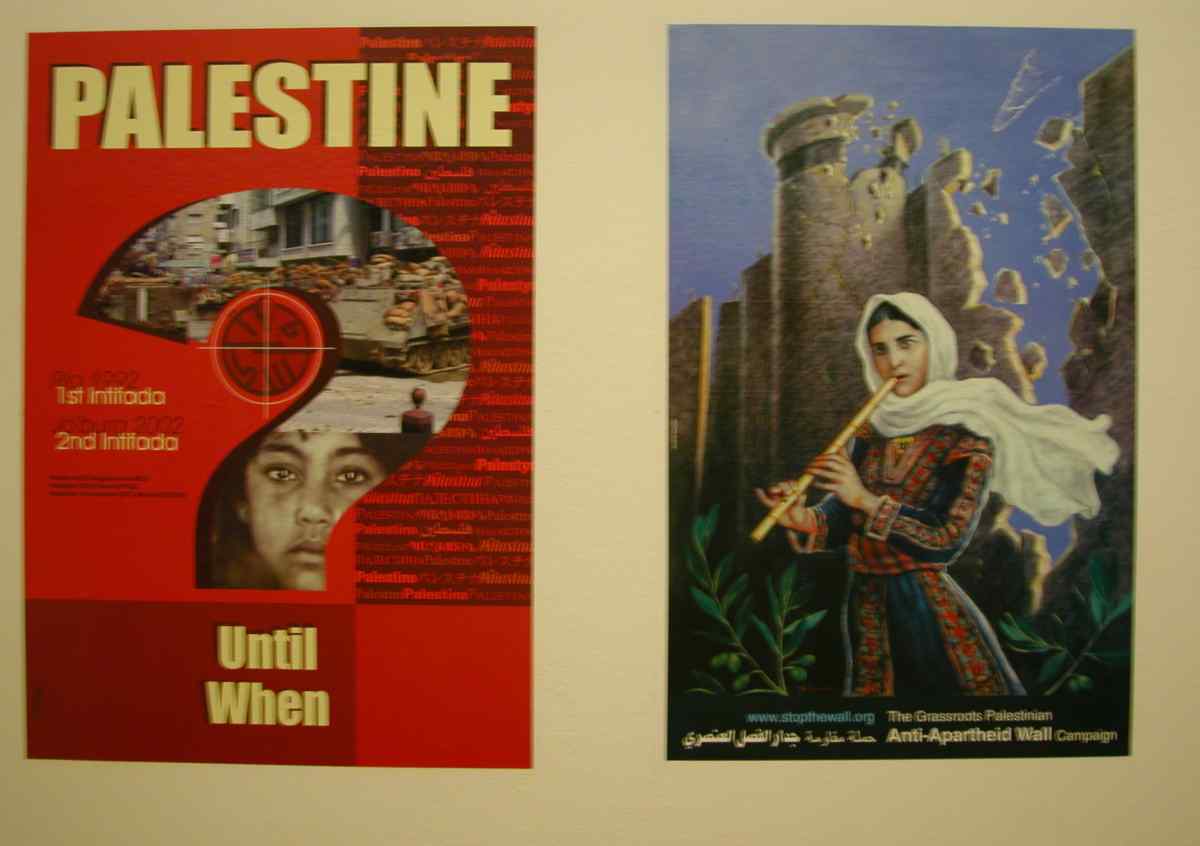
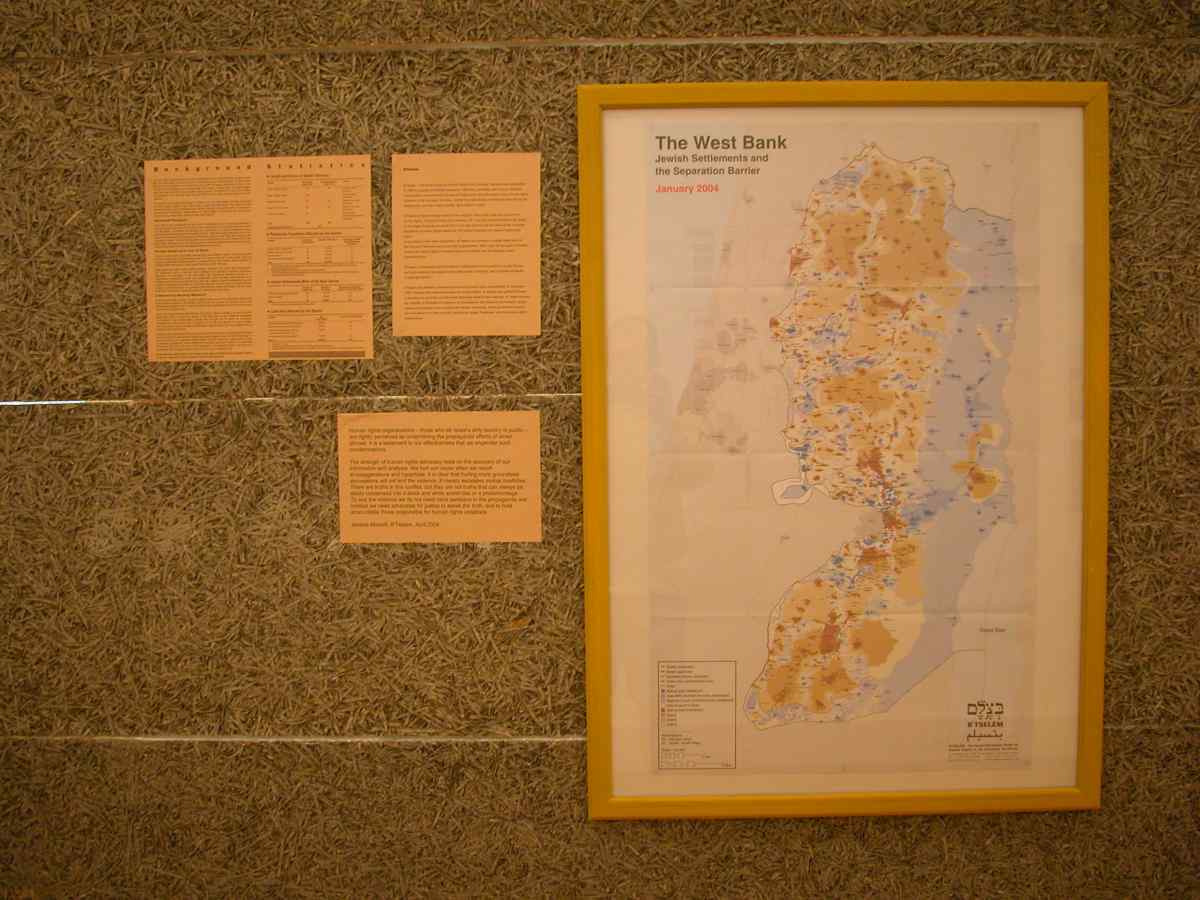
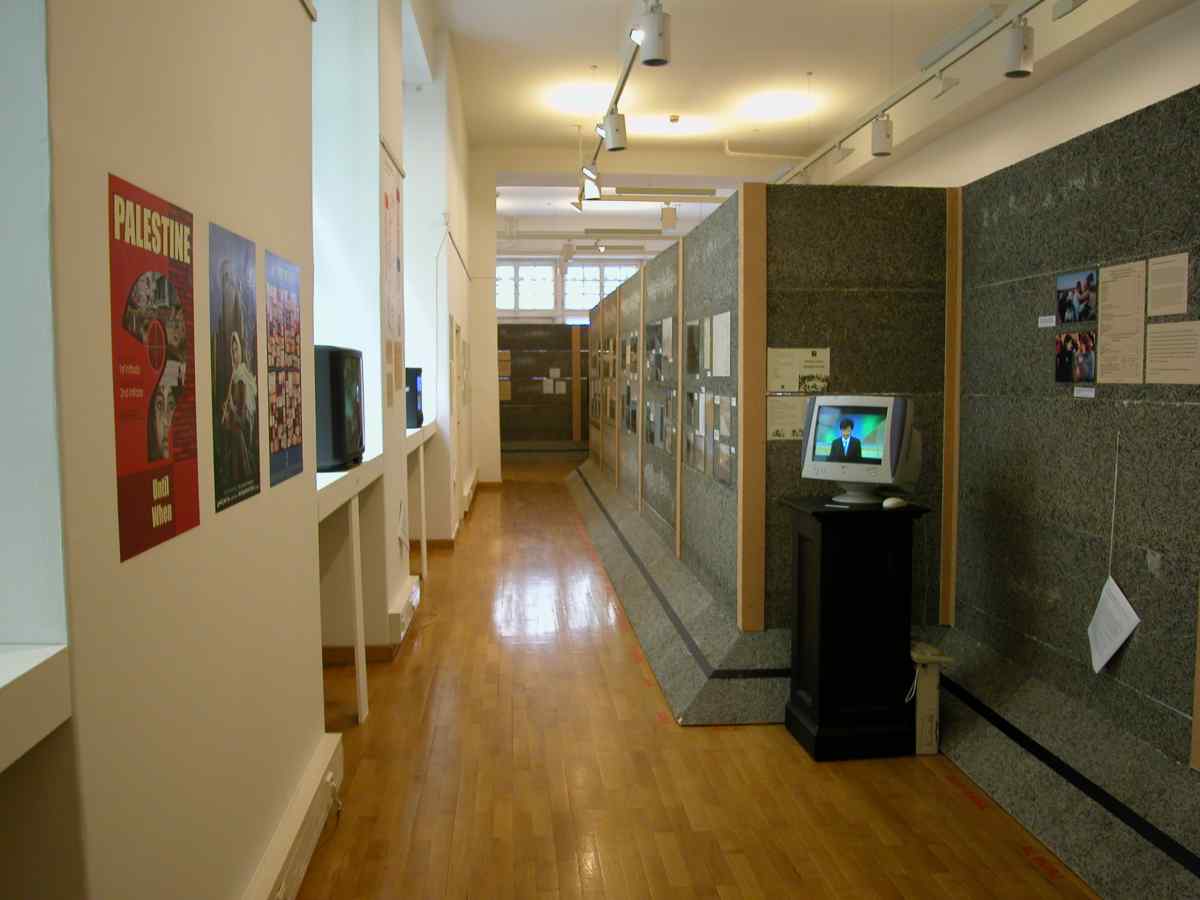
design: NEMZETES Ferenc
B'Tselem (Jerusalem), Multiplicity (Milano), Applied Research Institute – Jerusalem (Bethlehem), the Israeli Ministry of Foreign Affairs (Jerusalem), United Nations Office for the Coordination of Humanitarian Affairs, Negotiations Affairs Department – PLO (Ramallah), Ahikam Seri (Jerusalem), United Nations Relief and Works Agency for Palestine Refugees in the Near East, Artists without Walls (Jerusalem), Public Council for a Security Fence for Israel (Tel Aviv), Al Haq (Ramallah), the Israeli Ministry of Defense (Tel Aviv), Parents' Circle-Families Forum (Ramat Efal/Jerusalem), and PENGON (Jerusalem)
Since the outbreak of the second intifada in September 2000, the number of Palestinian attacks against Israelis has grown significantly. In order to prevent the uncontrolled access of Palestinians from the West Bank into Israel and thus further attacks, the Israeli government decided in June 2002 to build a physical barrier along or near the Green Line (the 1949 Armistice Line). The planned route of the barrier, however, runs largely inside the West Bank, often on expropriated private land, imposing severe restrictions on the movement of Palestinians. In some cases, the barrier will turn Palestinian towns and villages into secluded enclaves and cut villagers off their farmland and water resources. And there are plans also for additional depth barriers and other obstacles to be built east of the main barrier.
The barrier is a 50-100 meter-wide complex system of physical obstacles composed mainly of three-meter-high electronic fences joined in some areas by portions of eight-meter high walls and flanked by service and patrol roads, ditches and trace roads, razor-wire fences, and surveillance cameras. Crossing the barrier will be possible through a number of gates. The cost of erecting one kilometer of barrier is estimated to be around EUR 1.8M. To date, more than 200 kilometers of the totally planned 660 have been completed.
“A wall begins to form, and its shape differs depending upon which side of the wall our narratives place us on”, wrote Robert M. Cover in a different context some twenty years ago. The public discourse on the barrier proceeds accordingly. No doubt, the construction of the barrier is an important turning point in the Israeli-Palestinian conflict. It is difficult to forecast whether it will bring tranquility or provoke further hostilities. All we know for certain is that it is being erected and will fundamentally—though perhaps not irrevocably—change the physical and spiritual landscape between Israel and Palestine, as well as within the two territories.
The Open Society Archives’ exhibition on this complex barrier system—variously referred to as security fence or separation wall—focuses on the possible social, environmental, architectural, legal, and human rights aspects of the ongoing construction. OSA presents the structure in its various contexts, and the exhibition is based on original documents, publications and reports, maps, photos, satellite imagery, and videos that have been offered by government agencies, various human rights NGOs, organizations of bereaved families, photographers, filmmakers, artists, and concerned individuals. OSA also aims to convey a sense of what it is to live on either side of the divide and to present objectively the main arguments of all concerned parties.